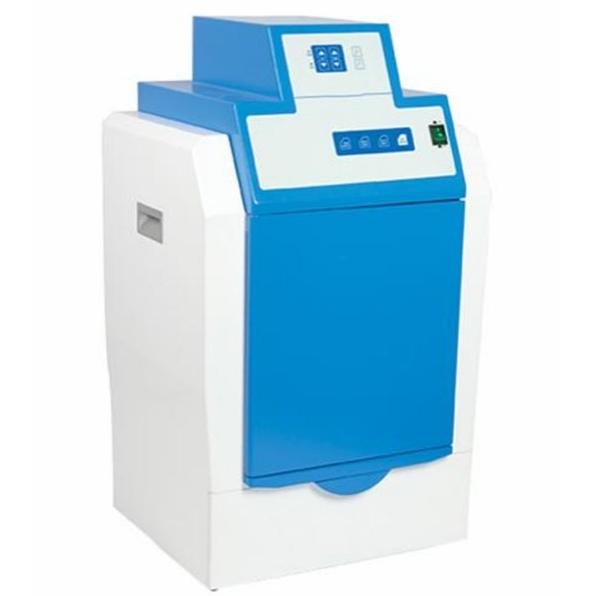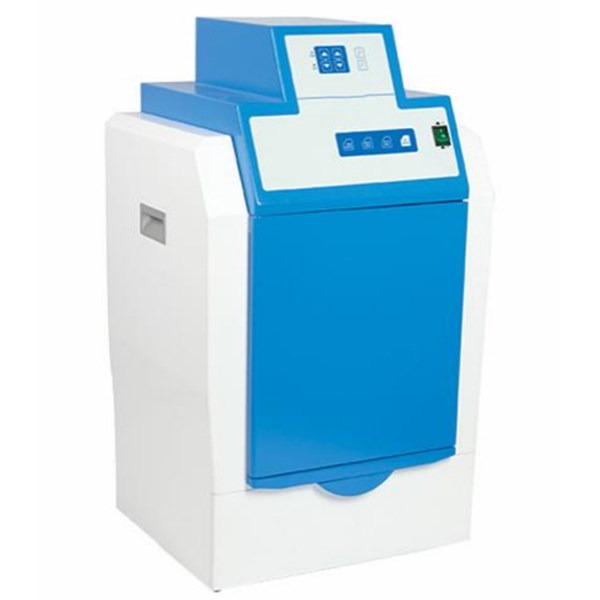In the realm of life sciences, where the mysteries of biology and genetics are unlocked, precision and accuracy are paramount. Researchers and scientists depend on a multitude of tools to investigate and understand the complexities of life at the molecular level. Among these tools, the Gel Documentation System stands as a silent sentinel, capturing and preserving vital data crucial to advancements in various fields within life sciences. In this article, we delve into the manifold applications of Gel Documentation Systems, shedding light on their pivotal role in research, diagnostics, and beyond.
What is the Gel Documentation System
Before we explore its diverse applications, let’s grasp the essence of a Gel Documentation System. At its core, this specialized laboratory equipment serves as an imaging solution for gels and blots. It seamlessly captures high-resolution images of biological samples separated through techniques like gel electrophoresis and Western blotting. The key components of a Gel Documentation System include an imaging chamber, a high-quality camera, filters, and image analysis software.

What are the Applications of Gel Documentation Systems?
1. DNA and RNA Electrophoresis
One of the cornerstone applications of Gel Documentation Systems lies in the analysis of nucleic acids—DNA and RNA. Electrophoresis is a fundamental technique in molecular biology, allowing the separation of DNA or RNA fragments based on size. Gel Documentation Systems play an indispensable role in visualizing the resulting patterns, enabling researchers to verify the success of PCR reactions, assess the quality and quantity of DNA samples, and identify genetic mutations.
2. Protein Electrophoresis
In the realm of proteomics, the analysis of proteins, Gel Documentation Systems are equally crucial. They facilitate the visualization and quantification of proteins separated through SDS-PAGE (Sodium Dodecyl Sulfate-Polyacrylamide Gel Electrophoresis). Researchers can assess protein purity, molecular weight, and the efficiency of protein extraction and purification processes, aiding in the characterization of specific proteins and their functions.
3. Western Blotting
Western blotting, a pivotal technique for protein analysis, involves transferring proteins from an SDS-PAGE gel onto a membrane for immunodetection. Gel Documentation Systems capture these blot images, allowing researchers to analyze protein expression, verify antibody specificity, and study protein-protein interactions. It’s an invaluable tool in cancer research, neuroscience, and immunology, among other fields.
4. DNA Sequencing and Genotyping
For genomics research, Gel Documentation Systems are instrumental in DNA sequencing and genotyping. They assist in documenting and analyzing DNA sequences, identifying genetic variations, and mapping genes linked to specific traits or diseases. These systems enhance the efficiency and accuracy of genetic research, contributing to the study of human genetics, evolution, and disease diagnostics.
5. Microbial Studies
Microbiologists rely on Gel Documentation Systems to study microbial diversity and ecology. By visualizing DNA fragments obtained from environmental samples, researchers can gain insights into microbial communities in various ecosystems, including soil, water, and the human gut. This knowledge aids in understanding microbial interactions and their roles in biogeochemical cycles.

6. Food Safety and Quality Control
In the food industry, Gel Documentation Systems assist in food safety and quality control. They are employed for the detection of foodborne pathogens, ensuring that food products meet safety standards. Additionally, these systems support the analysis of food composition, allergen detection, and the verification of labeling claims.
7. Pharmaceutical Research and Drug Development
Pharmaceutical research heavily relies on Gel Documentation Systems for multiple applications. They are pivotal in assessing the purity and stability of drug compounds, analyzing protein-drug interactions, and confirming the success of gene editing techniques like CRISPR-Cas9. These systems expedite drug discovery and development processes.
8. Environmental Studies
Environmental scientists employ Gel Documentation Systems to explore and monitor environmental changes. They analyze DNA fragments to identify and track species in biodiversity studies, study the impact of pollution on ecosystems, and examine microbial communities in extreme environments like deep-sea hydrothermal vents.
9. Clinical Diagnostics
In clinical diagnostics, Gel Documentation Systems are used in medical laboratories for diagnostic purposes. They aid in the detection of genetic disorders, infectious diseases, and cancer biomarkers. The systems play a pivotal role in the validation of diagnostic assays and the visualization of patient-specific genetic variations.
10. Research and Education
In the realm of education and research institutions, Gel Documentation Systems serve as essential teaching tools. They enable students and researchers to learn and practice molecular biology techniques, enhancing their understanding of genetic concepts and experimental procedures.
Conclusion
From unraveling the secrets of DNA and proteins to diagnosing diseases and monitoring our environment, Gel Documentation Systems empower researchers and scientists to explore the complexities of life at the molecular level. As technology continues to advance, Gel Documentation Systems evolve, becoming increasingly indispensable in a broad spectrum of life science applications. They are the silent enablers, capturing and preserving the visual essence of scientific discovery in laboratories worldwide.

